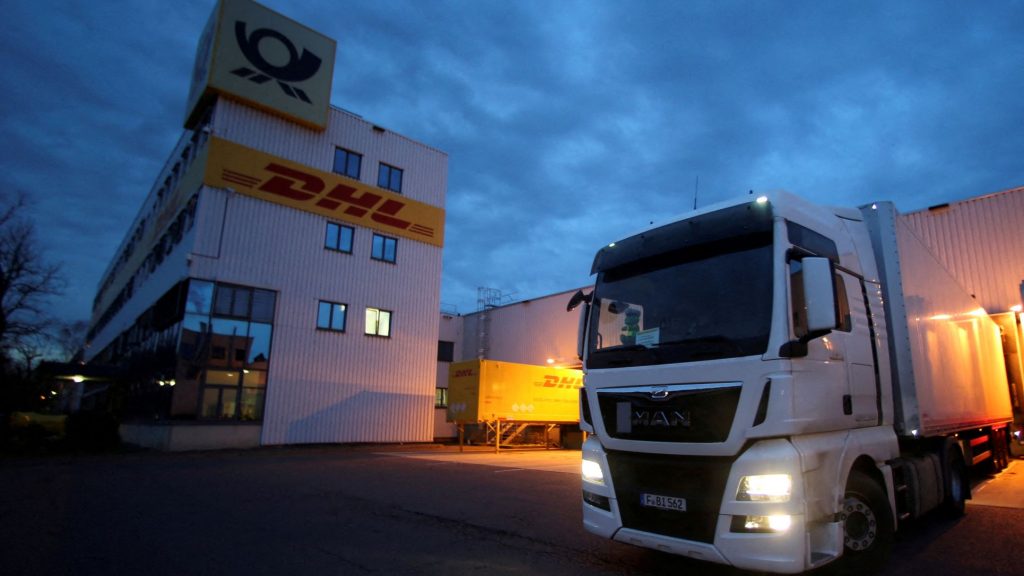
The most pressing supply chain challenges, linked to the management of demand, both increases and decreases. It’s important to understand expected growth in sales while ensuring this is seamlessly translated into supply, or equally dealing with significant drops in orders as a result of restrictions or availability of parts.
The management of demand appears to be reported more frequently in the following ways:
1 – Availability of goods
2 – Increasing prices and or instability of prices
3 – Longer lead times from placing orders to delivery
Many firms do not have clear visibility of the supply chain below the first level to whom they place an order. This can leave them vulnerable and unaware of new risks coming as a result of political changes, war, or natural disaster, as well as pandemics.
These issues may be happening in other parts of the world but still impact on firms regardless of their location. Availability of labour is also a key issue – the Manufacturing Barometer highlighted that SME manufacturers have had to add nearly two full time equivalents on to the requirements for managing the changes in supply and resourcing to overcome extending lead times and to ensure continuity of supply to protect customers.
What strategic steps are businesses taking?
To manage these issues, businesses are investing in greater levels of inventory which is using funds that could potentially be used for greater returns in other areas to protect the delivery performance to customers. This is not only the cost of the inventory itself, but the additional storage space and associated costs required.
The requirement to hold increasing levels of inventory combined with the increasing costs is putting significant pressure on firms financially as a result of supply chain challenges. It is also shifting the risk to companies holding the increased levels of inventory as if the pricing lowers, it could affect the firm’s ability to recoup the costs or be left with obsolete stock.
There are a number of common strategic approached that businesses are taking to tackle this:
Taking a strategic approach to understand planned customer demand, and focusing on improving supplier relationship management to share these issues with the supply chain, not only helps to lower the risk through improved information sharing, but also helps pave the way for further improvements with the use of digital technology and reporting requirements for sustainability activities.
Nick Golding is managing director of SWMAS Ltd.